Check in
I had a nice newsletter all laid out. But life got in the way. The stuff about books is right after this note about the demonstrations that happened today, June 14, 2025.
Protests
On April 24, 1971, massive protests against the Vietnam War were mounted in Washington, D.C., and in San Francisco. My partner, Mark Gardner, and I were students at Berkeley at that time, and we joined the San Francisco march. It ended up in Golden Gate Park, where a concert included the band Crosby, Stills & Nash.
Those protests were national news, the largest such demonstrations ever held. The turnout in D.C. was estimated at half a million. Maybe 165,000 marched in SF.
Forward to now
Today, June 14, 2025, tens of thousands, maybe hundreds of thousands, of people marched in protest in an estimated 2,000 sites across the country. I witnessed thousands gathered in a plaza near the Oregon Convention Center and along the waterfront in downtown Portland.
The demonstrations were low-key, with no real programming and minimal chanting. Participants waved homemade signs—no two of them alike. In Northeast Portland, where the streets remained open, passing cars honked in solidarity at demonstrators lining the sidewalks.
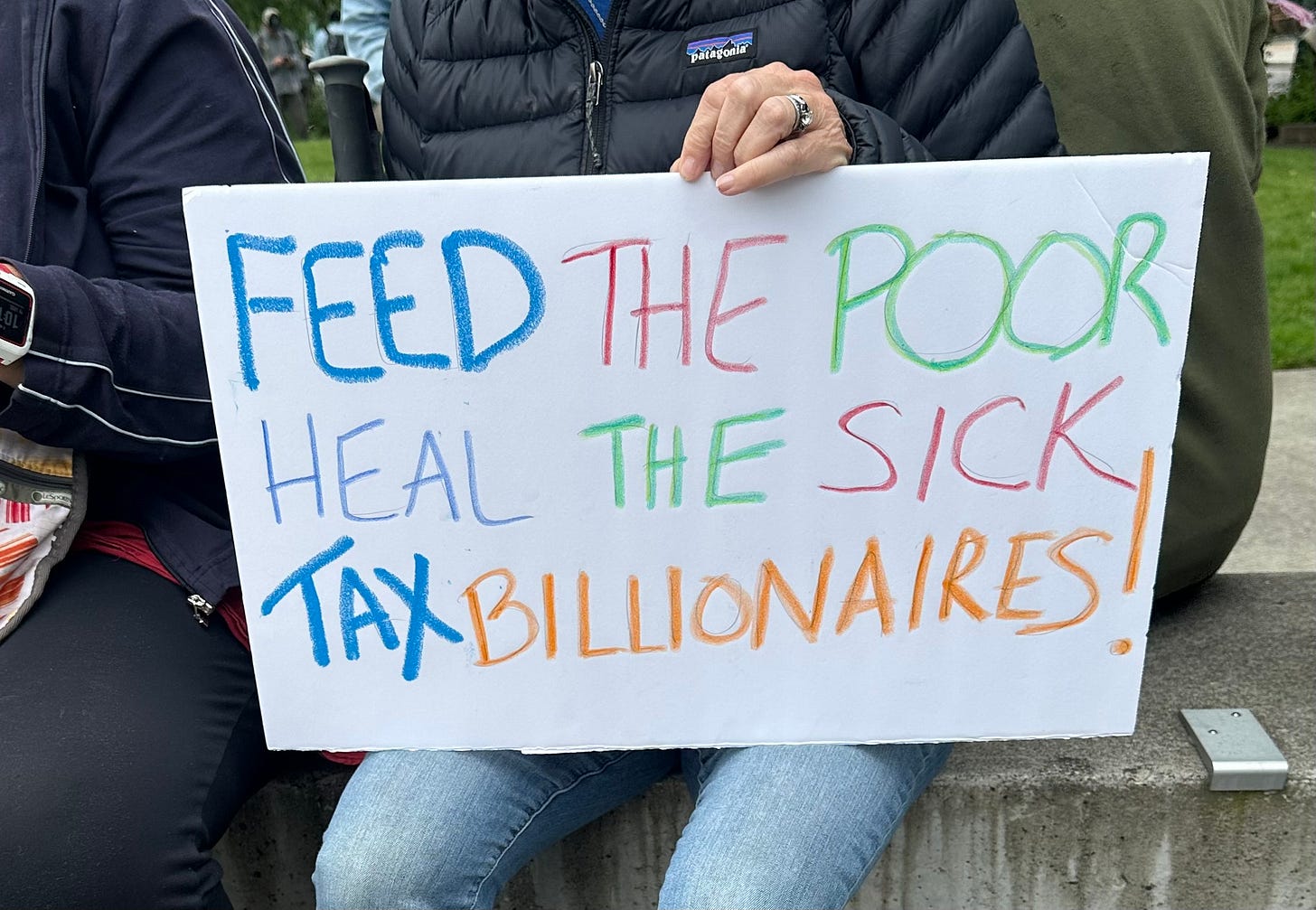
Unlike 1971, there was no visible media coverage. NPR and The New York Times noted that there were demonstrations but did little on-the-ground reporting. In Portland, I saw no reporters, no one shouldering a news camera. No news vans. No news helicopters.
Update: The Oregonian did run a big page-one story on Sunday, citing “tens of thousands” of marchers. And several readers have left comments about coverage in their cities.
Still, it’s hard for a demonstration to be noticed nationally the way the 1971 protests were. In today’s broken and splintered media milieu, the impact of Saturday’s protest seems like hitting a nail with a Nerf hammer. Individuals came together and expressed themselves, creatively and to good purpose. But I’m not sure the demonstrations had much use other than making us feel we’d made an effort to be heard.
Libraries and books
Words, thoughts, ideas
I just took another double armful of unread books back to the library. And I’ll be picking up some more.
Multnomah County Library has a nifty system; you place a hold on a book and they deliver it to your branch for you to pick up. I put holds on dozens, hundreds of books, check them out, read some and return others unread.
Retention
And of the books I do read, how much do I remember? Taking this literally, hardly anything.
But does it matter how we retain what we read? The words, thoughts, ideas of other writers change me at a molecular level, become a part of me. Even after I have “forgotten” them.
Sometimes—I’m sure this happens to you, too—I’ll remember an interesting idea, something I’ve read. But I can’t recall where, in what context. I’ll just have to acknowledge that thought, pat it on the head, and move on.
Sometimes, serendipitously, I do remember where I read it. But mostly, not.
I’ve tried to keep a list of what I read—books, email, Substack posts, letters to the editor of a magazine. But this is too much work and I cannot keep it up. Another list turned to dust.
A library that matters
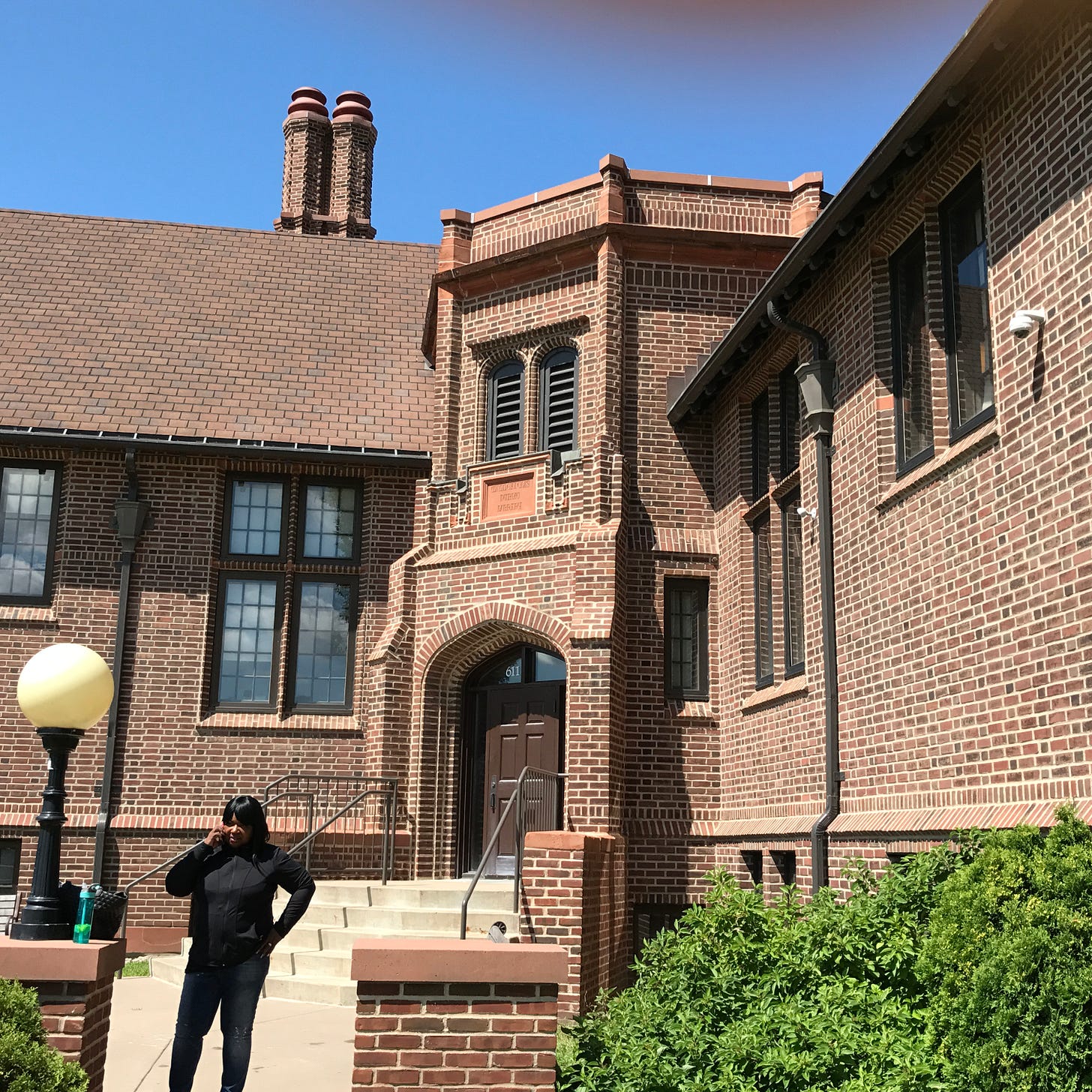
When I visited Minneapolis in 2017, I dropped in on the Sumner Library. This library has had a major impact on my life. I discovered it as a six-year-old just learning to read, and I was immediately in love. The old library, with its warm oak paneling and shelving, still exists, and a recent renovation added a beautiful new wing that matches the old one architecturally.
Overtaken with emotion as I entered, I started to cry. I shared my emotion with a librarian. She helped me understand how the neighborhood had changed and gave me a link to a video about the impact of the library on the community. In that video, Librarian Natalie Hart remembers:
“Every month at least one person will come into the building and they get this look on their face [she mimes an expression of surprise and wonder ]. . . And I know—that person grew up using the Sumner Library!”
Housing project
After she divorced my father in International Falls, my mother moved her four children to Minneapolis, where she enrolled in a program to become a nurse-anesthetist. Short on money, we lived from 1956-58 in a public housing project called Sumner Field Homes. It was a village of two-story brick apartments that, I recently learned, was segregated by race. But that fact never sank in when I lived there. I knew the Black kids lived “over there,” but I never thought about it.
The housing project has since been demolished and replaced with new multifamily housing. Even the streets we knew are gone, the grid replaced with winding streets, like a suburb. Our old elementary school, Grant, was demolished as well.
But the Sumner library, just across the street from the project, still stands. I’m glad it’s there.
Reading children’s books
Over my adult life, I’ve read a lot of books intended for children and young adults. This may be because books meant so much to me as a child, but it’s more than that. Books for children are so clear and plainspoken. Character relationships in them can be very deep, yet they are usually less complex and nuanced than in most literary fiction. I like the cleanness of the language and the unambiguous emotions. It doesn’t mean that the relationships aren’t deep. These books just present different worlds.
Surprised by joy
When I was 12, I discovered the Narnia series by C.S. Lewis. I found The Lion, the Witch and the Wardrobe on a shelf in the children’s section of the library in Bloomington, Minn. The houses in that new suburb were being raised in such a frenzy that its tiny library quickly outgrew its small room at the high school and was moved to a modest cinderblock building built to house a retail store.
The Hennepin County Library has since built a modern building 12 blocks away from that tiny edifice. The name of that library, Oxboro, is part of my history. Much of the city of Bloomington was built on the Oxboro’s farm. The house my mother had built there was next to the farmhouse where Mr. and Mrs. Oxboro still lived. Their plot, shrunk from the farmland now occupied by fresh new homes, still had the windmill and chicken house. We children would visit the old folks next door from time to time. Their living room had a wood stove with mica inserts you could see the flames through.

Just me and the books
I had no friends in Bloomington. No kids my age lived in the neighborhood, and the same was true later in Sioux Falls, where I moved when I was about 13. I didn’t know any other children who read, either. I had nobody to discuss these books with.
So I internalized that wonderful world of Narnia, starting with Mrs. Beaver and her treadle sewing machine and continuing on to mystical voyages and brave wars. I remember trying to figure out who C.S. Lewis was (no internet encyclopedias or fandom sites in those days!), finally finding a brief item in a dictionary of biography in the adult library in Sioux Falls.
I wasn’t supposed to be using the adult library because I was a kid and that was the rule in Sioux Falls. But my mother thought the rule was ridiculous—as it was— and she gave me her library card. Librarians probably thought it was ridiculous too, and had no trouble letting me use the stacks with my mom’s card. It felt deliciously subversive.
Worlds of wonder
There are books I wish I could have read when I was a child, chief among them A Wrinkle in Time and Harriet the Spy. But nothing has kept me from enjoying these novels as a grownup
I was astonished in seventh grade to learn that books were more than stories, and the Narnia books, in particular, were allegories. But even now, I still read novels primarily for story. Story is the essence of the heroine’s journey.
Fantasy
Many of the books I remember best from my early life were fantasy, like the C.S. Lewis books. One single title I remember fondly is The Wonderful Flight to the Mushroom Planet by Eleanor Cameron. I thought it was so clever of the children to figure out that what was causing a mysterious illness on the alien planet was a lack of dietary sulfur. As they happened to have brought a chicken along, they solved the problem by feeding the mushroom people eggs.
Fantasy was fine for little Francie, but I don’t like adult fantasy. I struggled though The Fellowship of the Ring, but that was it for me and Tolkein. And although many of the fantasy novels by Lois McMaster Bujold are read on audiobook by my favorite narrator of all time, Grover Garland, I’ve tried and failed to appreciate them.
Kids fantasy for adults
In my 20s, I read the Chronicles of Prydain, five books by Lloyd Alexander based on Welsh mythology and featuring an oracular pig. I’m glad I kept reading after the first book, The Book of Three, because the author’s writing got better with each new book in the series. The final one, The High King, won the Newbery Medal.
Megan Whalen turner’s trilogy The Thief, The Queen of Attolia and The King of Attolia, are teen novels set in a mystical, fantasy kingdom reminiscent of ancient Greece. I am fiercely fond of them. Five books in a similar series I love, The Heir Chronicles, were written by Cinda Williams Chima.
And don’t forget Philip Pullman and His Dark Materials. The three books in this series are The Golden Compass, The Subtle Knife and The Amber Spyglass. These are fantastic reads.
Other series
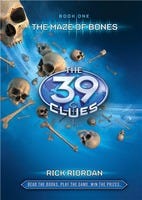
I was in my 60s when I came across a series for children called The 39 Clues. The concept—a global scavenger hunt by groups of children and adults for the mysterious components of an elixir of life—was dreamed up by Rick Reardon, who later wrote the “Percy Jackson and the Olympians” books. Reardon sketched out the story arc and Scholastic gathered a stable of writers to work on the individual books. I listened to them all on audio; the narrator is the incomparable David Pittu.
Listening
I often listen to series on audiobooks. Adult favorites of mine include the Andy Carpenter series by David Rosenfelt, read by Grover Gardner. These books, set in beautiful Paterson, N.J., features lots of dogs, and even a dog rescue operations. Rosenfelt modeled Carpenter’s golden retriever, Tara, after his own pet.
Another series with dogs are the Chet and Bernie books, narrated by an unreliable but lovable mutt who has trouble counting higher than 2. Chet is the dog and Bernie Little is the private eye. They always ride in a Porsche, and Chet, “a 100-pounder,” sits tall in the shotgun seat. They’re written by Spencer Quinn, a pseudonym of the writer Peter Abrahams. Jim Frangione narrates. The book titles are the sorts of puns that make you groan.
The 12-book kids series known as Bloody Jack makes for a fantastic listen. The books follow Jacky Faber, a London orphan girl who disguises herself as a boy to sail with the Royal Navy. She has adventures all over the world and even, eventually, commands a fleet of her own ships. Plus, she plays the fiddle. L.A. Meyer wrote the books, and they are narrated with great verve and raucous singing by Katherine Kellgren.
Check out
Note about email
I spend entirely too much time trying to keep my email in check. I’ll bet you do, too.
Email blues
I stumble and stub my toe Over too many useless demands— Another survey, a promise of wealth Empty the spam folder—now!
Subscribers
I have lost a subscriber who needs to spend his time tending to his sick wife. I miss him. In my mind, in my heart, I breathe with him.
I have no idea how many people read Becoming every week, or even occasionally. Substack tells me it’s in the hundreds, but that’s how many people open the email.
I ache to reach readers. I want to capture hearts. But first I need to corral my own. Or maybe, instead, I need to open the gate and let it free. What if I unfettered my heart and it could travel whatever it wanted? How it would expand, fed with the yeast of desire!
Heart sail
How can I express it, the yearning? Ineffable, unconnected, beyond understanding. Lurking just under the edge of the tablecloth Where the ants make their tryst with our breadcrumbs. Our hearts know, they know everything. Then why, why can’t we express it? We know We are human, we hurt, we bleed, we cry. But the why is already lost amid the breadcrumbs.
Talk to me!
I want to hear about what kind of books speak to you. Do you read children’s books? Or young adult (YA) fiction? Do your remember a special library? I didn’t delve into university libraries, but I love the Millar Library at Portland State University (you can check out books if you have Multnomah County Library card). And I remember fondly the libraries at UC Berkeley, although I haven’t been in one in more than 50 years.
All you have to do is comment.
Here’s the tip jar link at PayPal, where you can donate in increments of $5.
And please, if you can, check the “like” heart.
Thank you.
Till next week,
—Fran



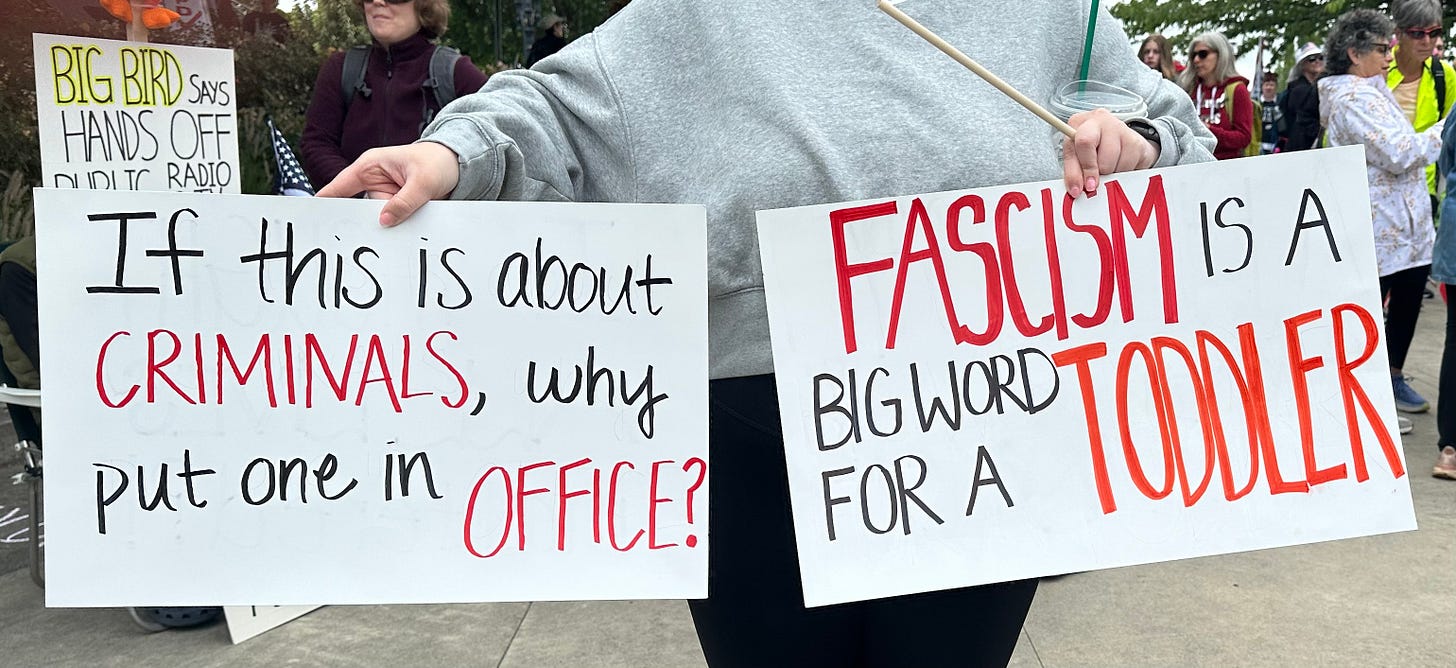


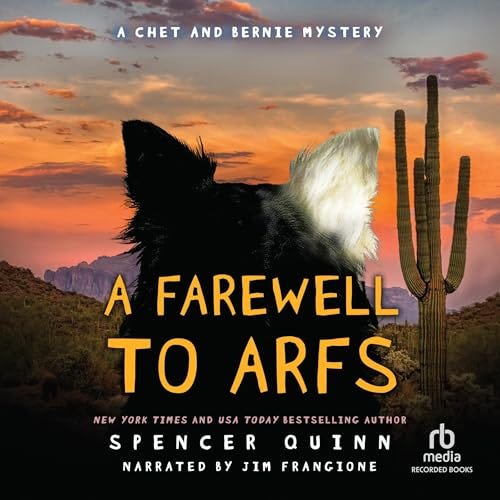
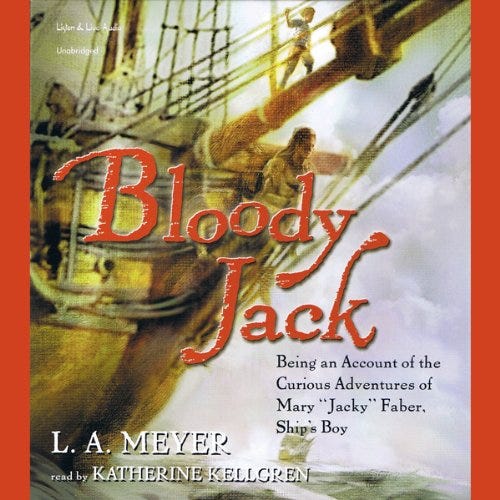
Like your old stomping grounds, many of the buildings in my childhood home have disappeared under the bulldozer, including my old elementary and middle schools, both replace with design travesties that make me wonder HUH? Despite all the development that has erased Sugarhouse, my library is still standing, a beautiful yellow brick library with a long wooden desk across from the entrance. The children's library was downstairs.
Books, libraries, and free speech! Beautiful writing about these so-important parts of our lives that we often take for granted. Our neighborhood library in the late 1950s and early 1960s was the volunteer-run West Slope library located in a musty-smelling basement space down behind a buffet restaurant. Most of the books were probably donated. The library built a nice new space but I'll never forget the old one. My first favorites were the illustrated Wizard of Oz series.